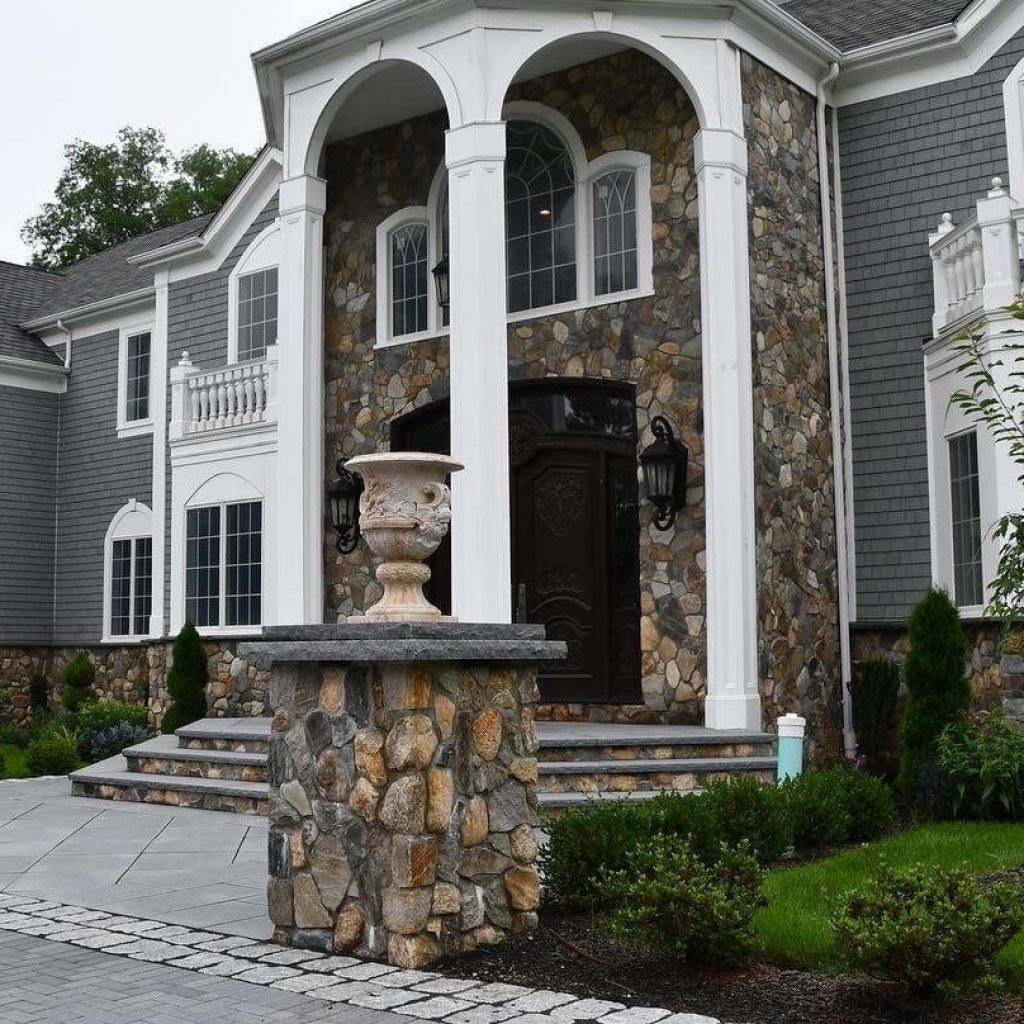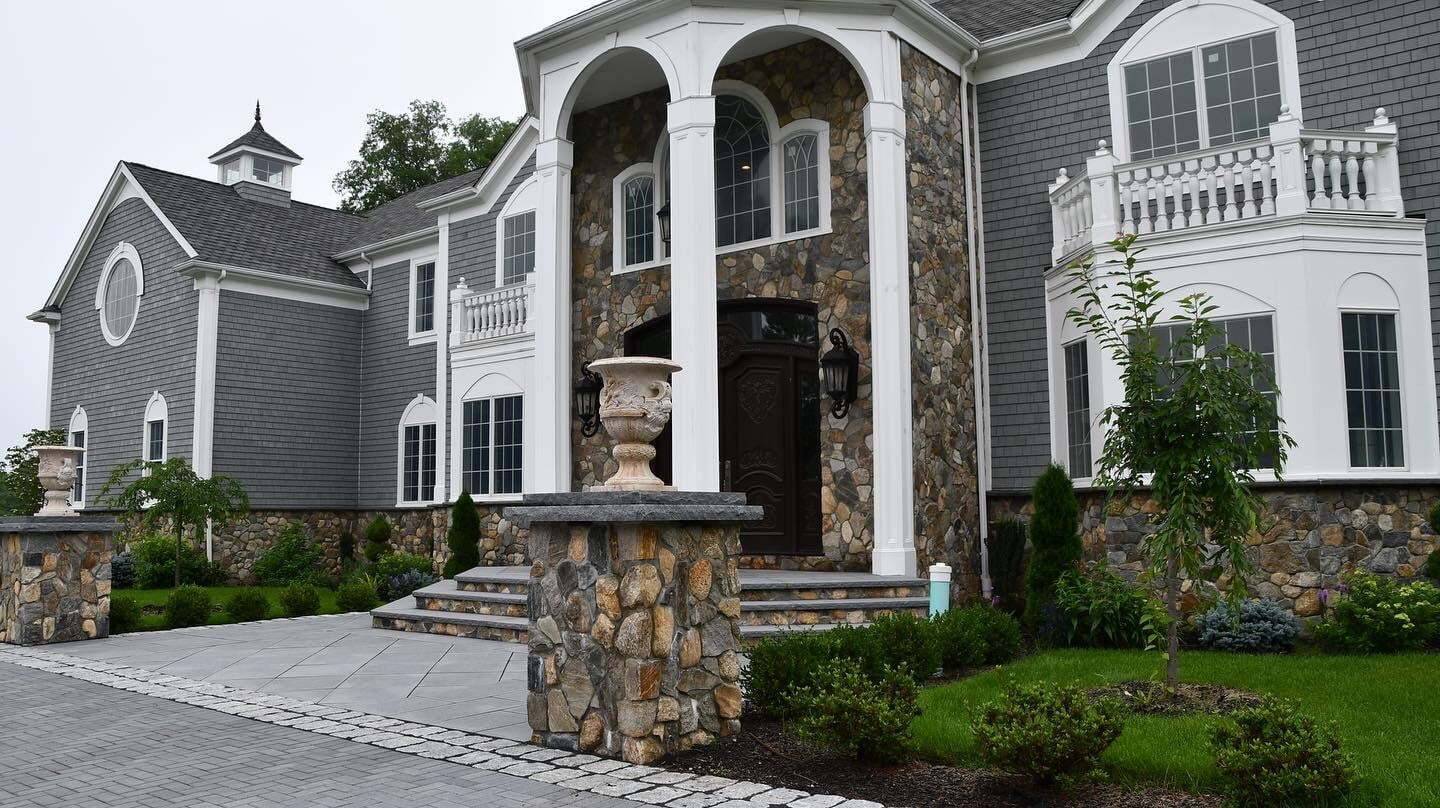Restoring a historic building is a very rewarding experience, but it can also require a significant amount of time and effort to do the job well. Such buildings serve as an important tie to our past and should, therefore, be preserved as much as possible. The logistics of doing so, however, is sometimes more difficult than one imagines. Depending on the age of the building and the amount of restoration it has already undergone in the past, you may really have your work cut out for you. To ensure the project is as successful as possible, you need to be aware of a few things ahead of time. This guide explores several things to know when restoring a historic building, as well as some tips to ensure the project is as successful as possible.
You’ll Have a Lot of Work Ahead of You
As with any type of renovation, you will likely have a lot of work ahead of you when restoring a historic building. In fact, you may have some additional work that would not be present in a new building. Depending on the age of the historic building and the original materials used to create it, you may need to do a significant amount of demolition before you can even begin reconstruction. Lead and asbestos are two materials that are far more common in old buildings than they are in new. These materials can be quite harmful to humans and must, therefore, be removed completely before any new construction can commence. Other facets of the building may also need a bit of deconstruction before they can be rebuilt better and stronger than ever.
Building Codes and Requirements May Me Stricter
One of the most important things to know when restoring a historic building is that building codes and restrictions may be far more stringent than they would be with a newer building. Many historic buildings are protected by a historical preservation society. Plans for your restoration will need approval by this association to ensure that the sanctity of the structure will remain intact after construction. Building codes regarding electrical work and plumbing may also be slightly stricter. Depending on the age of the building, these systems may be severely outdated and will, therefore, require multiple inspections to ensure they are up to current safety standards.
Know When to Replace vs. Restore
Not all elements within a historical building are salvageable. Some items are more susceptible to damage and will feel the effect of time quicker than others. In such instances, it’s often in your best interest to replace the item entirely, rather than wasting your time trying to restore it. The new replacement items should try to replicate the exact architectural style and period of the original pieces. If items have undergone significant damage over the years, it’s often best to cut your losses and replace it with a near-replica, rather than trying to return the old piece to its former glory.























